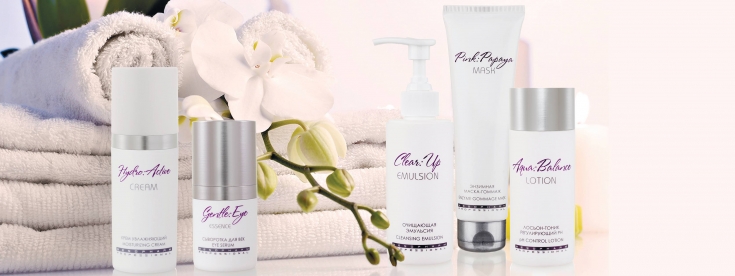The task of cosmetics – protect, moisturize and solve skin problems, maintain its health and freshness. Today, for this purpose, a large amount of & nbsp; various ingredients. But in order for the remedy to be effective, only a competent combination of active ingredients – not enough. In order for a cosmetic product to retain its benefits, be safe and not change its appearance, smell and texture for a rather long period after opening the jar, manufacturers are forced to add preservatives.
Preservatives – These are chemicals that destroy or prevent contamination of cosmetics by microorganisms (bacteria, fungi, including yeasts). Microorganisms that get into cosmetics,
This question is of concern to more and more women. In fact, this is possible, but only at home, if you prepare cosmetics at a time, because it cannot be stored. For example, you have made a useful face mask, but you will have to throw away the leftovers: you cannot leave them until the next procedure, because they will deteriorate even in the refrigerator.
If we talk about production on an industrial scale: be it food, medicines, cosmetics, then the use of preservatives – required.
But, as you understand, in the context of globalization, 3 days – this is catastrophically small, which means that preservatives should always be included in cosmetics.
Composition of cosmetics: what are the preservatives
Preservatives in cosmetic products fall into two categories:
• Synthetic – substances produced by chemical synthesis (these include parabens, formaldehydes, derivatives of isothiazolinone and urea);
• Natural. These include extracts from plants. The same group of preservatives includes potassium and sodium sorbates, salicylic and sorbic acids, benzoic acid and its salts.
The group of natural preservatives also includes various oils and plant extracts, such as birch leaf extract or grapefruit seed extract.
The role of natural preservatives in Mesopharm Professional line of cosmetics
In the composition of Mesopharm Professional line of cosmetics from
Mesopharm you can see natural preservatives, such as:
- black cumin oil;
- extracts of cinnamon, ginger and honeysuckle;
- tea tree oil;
- chaulmugra oil extract;
- Sichuan Pepper Extract;
- Arjuna terminalia extract;
- arjunic acid;
- black cumin oil.

As we found out earlier, no skin care product can exist without preservatives. Therefore, it is fundamentally important which preservative the manufacturer uses and what its concentration is.
If we talk about natural preservatives, then their peculiarity is that they act very gently and gently, so they are not always able to protect cosmetics from microbial damage.
Cato – innovation in the production of cosmetic products
As a synthetic preservative in the Mesopharm Professional line of cosmetics,
Mesopharm uses caton – thiazolinone derivative. It is attributed to the achievements of the cosmetic industry, because today it is – the only preservative that is approved for use in cosmetics in all countries of the world. It is even approved in Japan and the USA, where laws that regulate the production of cosmetics and pharmaceuticals – the most rigid.
Cathon Benefits: • Cato – the safest and least toxic to humans, but at the same time it is highly effective against fungi and bacteria, even when used in low concentrations.
• It does not cause allergic or intolerance reactions.
• Another advantage of caton is that it is destroyed by solar radiation or at temperatures above 35 degrees.
Preservatives today – this is a completely justified necessity, because a spoiled cosmetic product can harm your skin. Therefore, despite the ECO trends, it is important to pay attention not only to the composition of cosmetics, the presence of a preservative, but also to its quality, as well as to be interested in the main active ingredients.
Do not forget that the task of – give us the opportunity to use safe cosmetics that retain the benefits of active ingredients for quite a long period! And if we can't avoid preservatives in cosmetics, maybe it's better to choose products that contain them in the least amount?








Add a comment